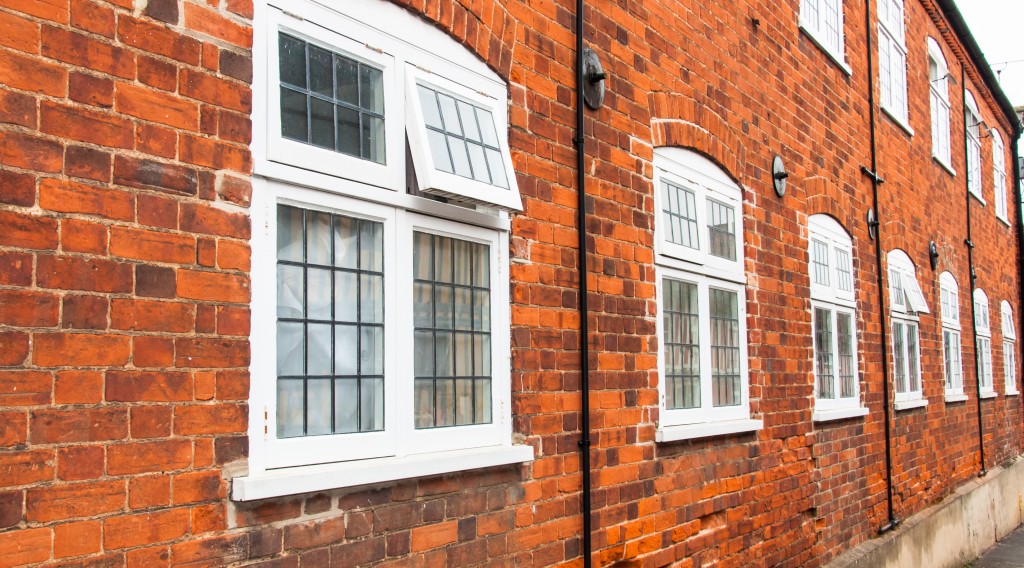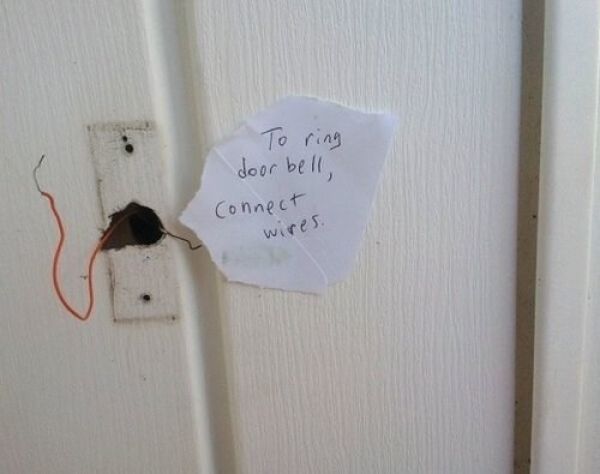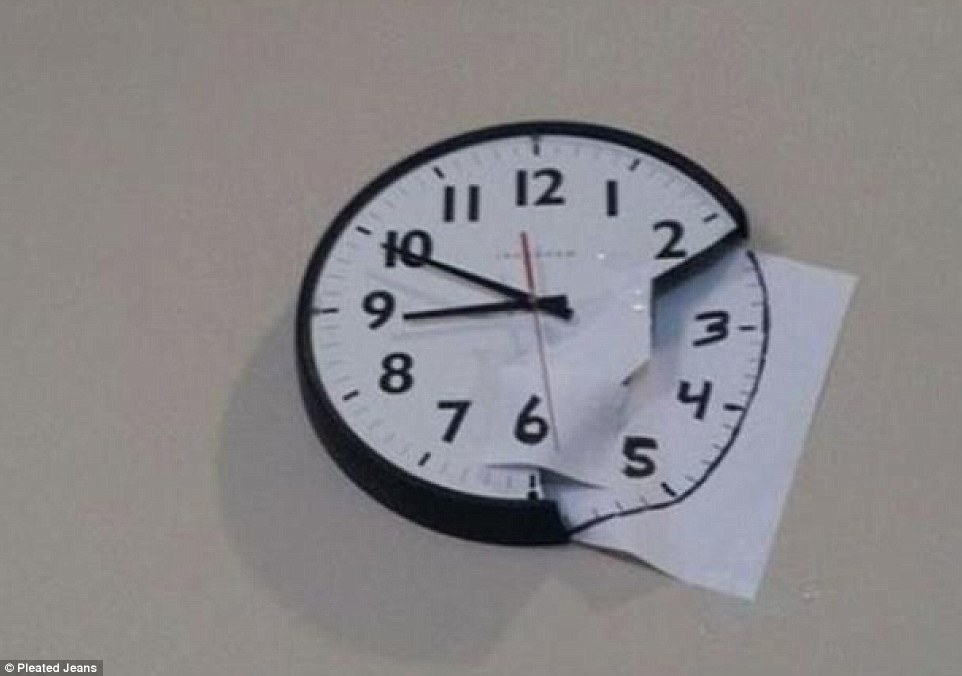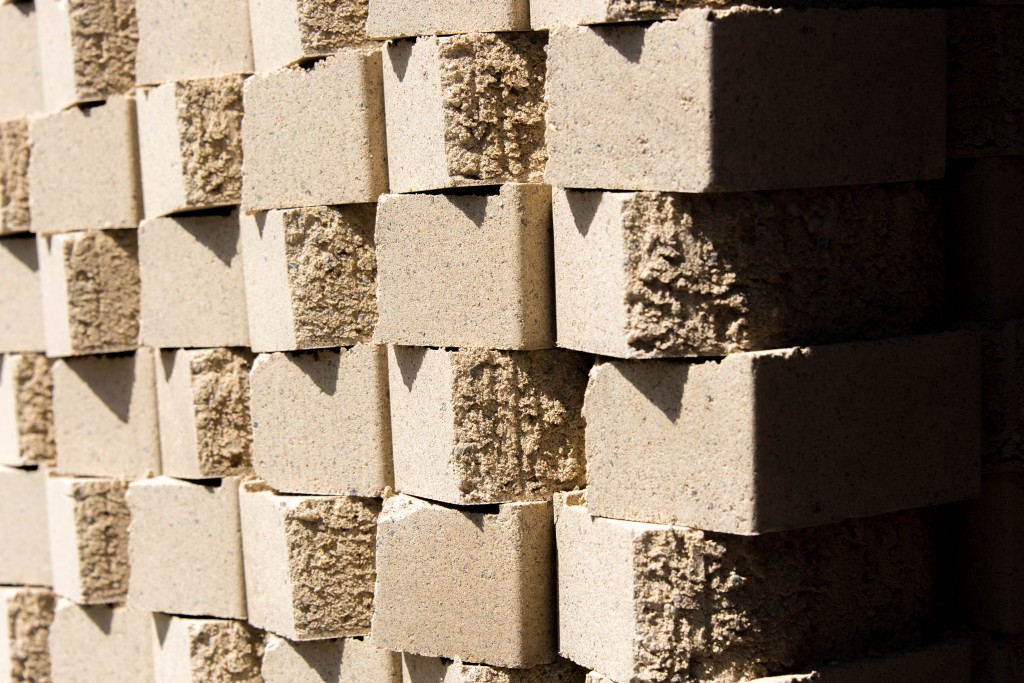The Great British summer is well and truly over. Bar the odd mid autumn balmy weather, we’ve got darker mornings, bitter winds and winter coats to look forward to as winter sets in. Don’t worry, we’re not there just yet, but have you thought about how well equipped your home is to deal with the chillier months? If you’re not sure, it’s best to double check that everything is shipshape before the cold snap because the last thing you need is a winter domestic mishap that puts you out of pocket and potentially out of home.
Here are the most important areas to prepare around your home to ensure you’re ready for winter.
Pipe Down

First things first, it is absolutely crucial that you head into winter with well insulated piping. Poorly protected pipes that aren’t properly insulated are likely to freeze during winter, and with that bring an inevitable blockage that could wreak havoc inside your home; potentially a complete central heating collapse or even dreaded water damage. Of course, you can prep your pipes yourself, but we always suggest calling in the expert just to be on the safe side. For your pipes to last the winter, they’ll need to be well insulated, checked regularly and have a regular supply of warm air circulating through them. If your pipes do freeze, it’s best to summon a professional plumber as fast as possible.
Bonnie Boiler

October 31st . Save the date. According to HomeServe, that is the day that 28% of us Brits turn our central heating on, ready for the frost. With just under a month before we reach for the dial, make sure your boiler is well pressurised, your radiators are bled and, above all, the central heating has been serviced. It’s recommended that you service your boiler once a year, so now would be the perfect time to do just that. Find a local plumber to service your boiler and check your whole system.
First Draught

It’s the little things that make the biggest difference. There’s nothing worse than trying to keep nice and cosy on a cold winter’s night only for a chilly draught to invade your home. Door and window frames, floorboards and letterboxes are the main culprits for allowing the draught in. A simple DIY session can amend these gaps and leave your home nice and toasty. You could even go the whole ten yards and install a porch or conservatory onto your property; ultimate protection for maintaining the warmth, and added space to relax in.
Glazed over

Installing double-glazing on your property this winter has three main benefits. The obvious one is that it helps insulate your home and keep out the cold. Not only that, it’ll also muffle any unwanted sounds from outside. Third, and perhaps most importantly, installing double-glazing can help you save up to £170 a year on your energy bills. Have we won you over? Thought so. Find an expert to install double-glazing on your property.
Roof And Ready

The roof is perhaps the most overlooked part of any property, but ensuring it’s in prime condition is probably the most crucial part of our heat-saving masterplan. Winter brings falling leaves, and with that brings blocked gutters. What may be a quick-fix can easily become a major issue that threatens to undo all your hard work. What’s more, if you have cracks and weaknesses around the roof, the dastardly frost can wreak havoc and cause leaks that require a costly fix. It’s important to check your roof as often as possible before winter sets in, both from the inside and the outside. If you suspect anything is wrong, however slight, it’s probably best you find a roofer to fix the issue. What may be a relatively cheap fix could end up costing thousands if left unattended.
Ensure you’re insured

So, if you’ve stuck to the plan, you should have your pipes sorted, your boiler in tip-top shape and a nice warm home complete with double-glazing and a new roof. Bring it on, Winter. Right? Wrong. The last thing you need is to be complacent and think that the job is done. It is crucial that you’re fully insured to cover the worst case scenario. Who knows what weather we could have in store?
It’s always best to cover every base and insure your home. After all, what’s the point in going to great lengths to prep your home for it all to come unstuck through freak weather?

















